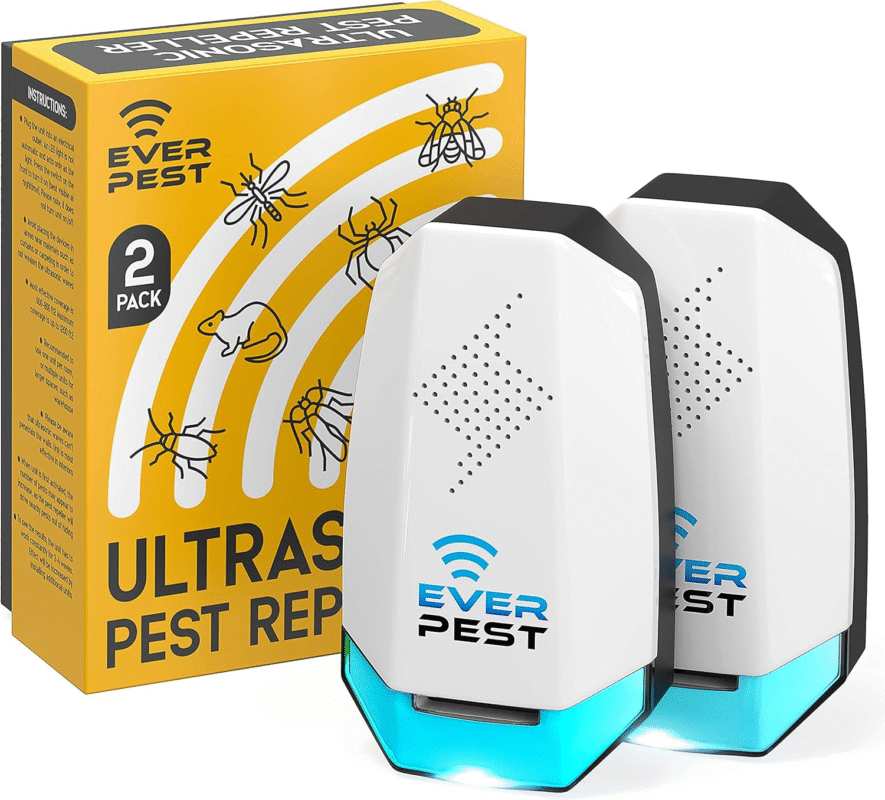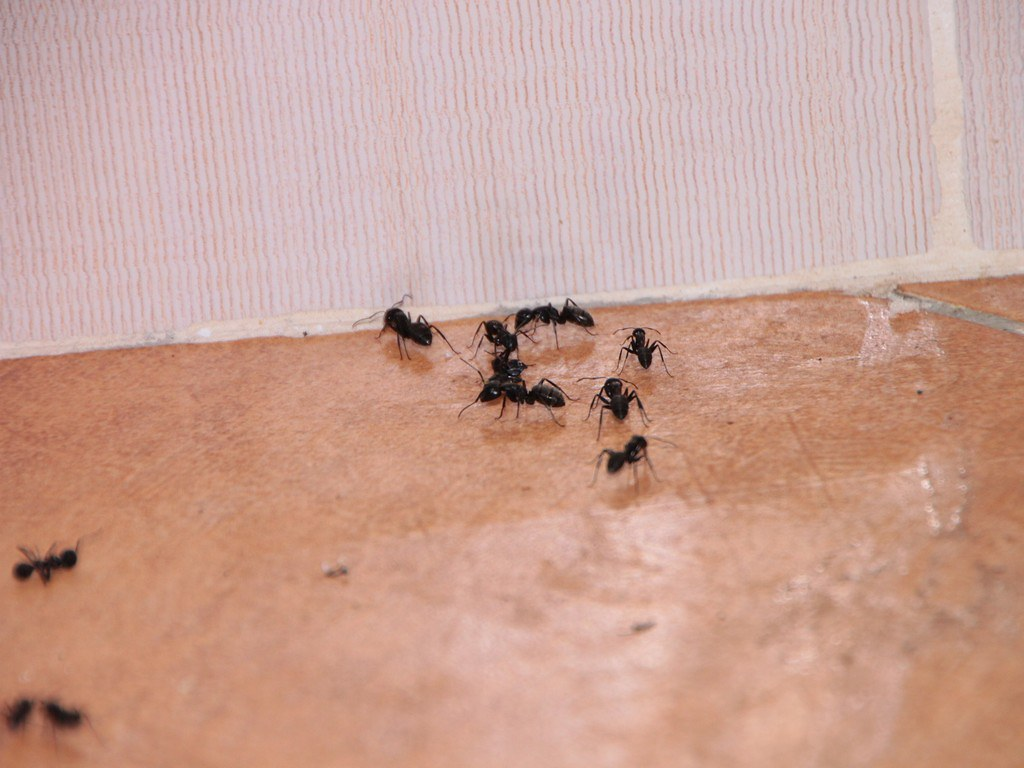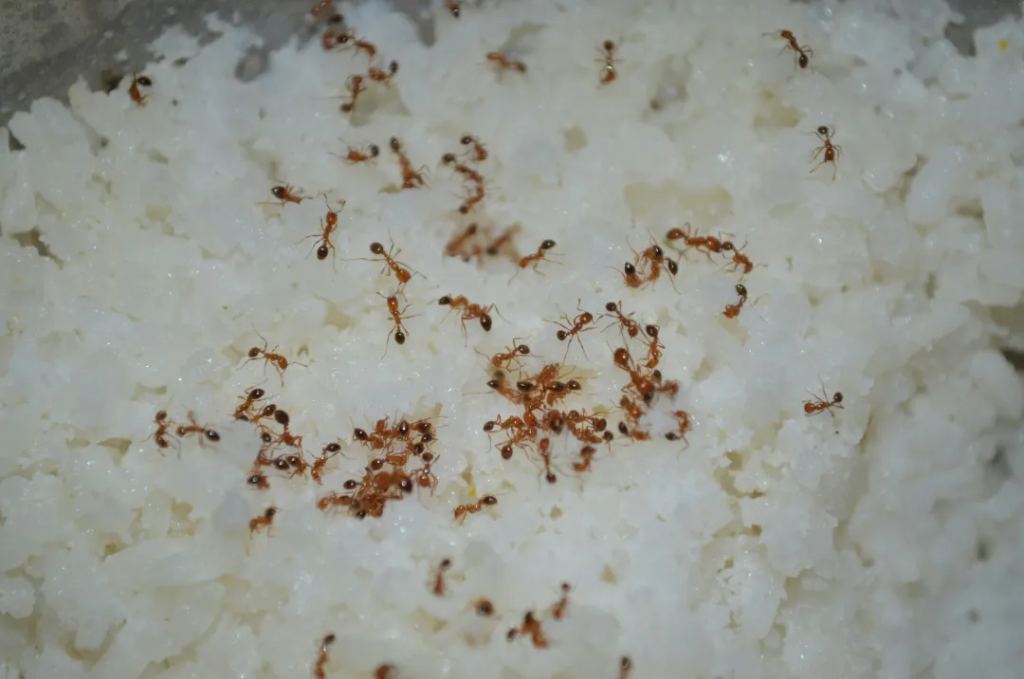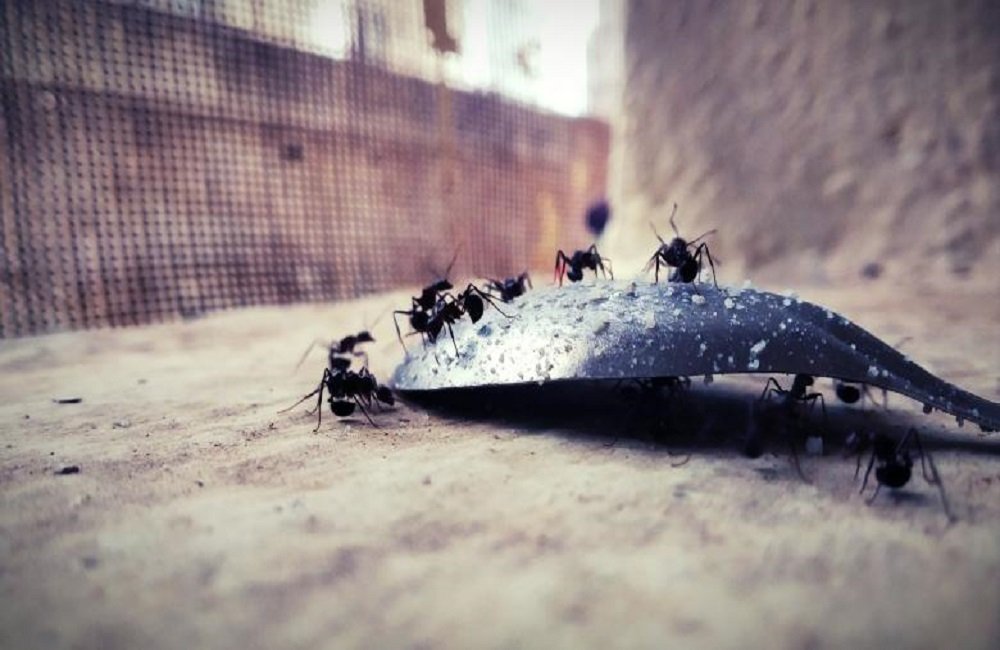Living Room
How to Get Rid of Ants Fast And Easy
Ants are most active from March to October, when they may line up to enter your home, kitchen, and pantry in search of food, water, and refuge. Locate the ant trails and nests to get rid of them.
The issue won’t be resolved by eliminating the worker ants. Rather, return them to the nest with ant bait, or poisoned food. Thankfully, the majority of ordinary indoor ants do not actually cause much harm.
Here’s how to get rid of ants with several easy-to-use methods.
Before we move on, I want to share this amazing pest killer! This product can kill any pest! Check it out:

Bait Method for Getting Rid of Ants

When you spot ants trailing through your home, it’s tempting to reach for a spray pesticide. However, spraying only kills the ants you see—it doesn’t address the colony hidden nearby. To eliminate the problem at its source, a baiting method is far more effective.
Ant bait combines a food attractant with a slow-acting insecticide. Worker ants consume the bait and bring it back to the nest, where it spreads to the entire colony, including the queen. This approach ensures the infestation is completely wiped out.
Use an Ant Bait
Start by selecting a high-quality, commercial ant bait from your local store. If you prefer a DIY solution, try mixing ¾ teaspoon of borax with ¼ cup of sugar to create a simple homemade bait. Another natural option is to use citrus peels—particularly orange or lemon rinds—which contain D-limonene, a natural substance toxic to ants. Sprinkle some sugar on the rinds to attract the ants.
Tip: Baking soda alone won’t kill ants. For it to be effective, mix it with powdered sugar and boric acid.
Find the Trail and Place Bait
Watch where the ants are coming from—look for active trails near baseboards, windows, or kitchen counters. Once identified, place bait stations along these trails, preferably in corners or under appliances. Ensure baits are positioned out of reach of children and pets for safety.
Other Methods for Getting Rid of Ants

Beyond baiting, there are several natural and preventative methods that can help deter ants:
- Natural deterrents: Use vinegar mixed with water, coffee grounds, powdered cinnamon, cayenne pepper, or whole cloves. These ingredients interfere with the ants’ scent trails and make your home less attractive.
- Cleanliness: Ants are drawn to food and water. Keep floors clean, food sealed, and dishes washed. However, avoid cleaning away ant trails until after baiting, so ants can still locate and return to the bait.
- Outdoor insecticides: If you locate an ant nest outdoors, especially one close to the home’s perimeter, treat it with an ant-specific pesticide. Always follow product directions carefully to avoid harming beneficial insects.
Warning: General insecticides can harm non-target species, such as pollinators. Use targeted ant treatments to avoid unnecessary environmental damage.
Tips for Preventing Ants in the Home
Prevention is the most effective long-term strategy. Here are practical steps you can take to keep ants from returning:
- Seal entry points: Use caulk to close gaps around doors, windows, wiring, and plumbing.
- Landscape smartly: Maintain a clear buffer zone—keep shrubs and plants at least three feet from your home to prevent ants from using vegetation as bridges.
- Fix leaks: Ants are attracted to moisture. Repair leaky pipes, faucets, or condensation issues promptly.
- Proper food storage: Store pantry items like sugar, cereal, and pet food in airtight containers to eliminate food sources.
Do You Have Common Ants, Carpenter Ants, or Termites?
Not all ant infestations are the same. Identifying the correct pest is essential for effective treatment.
Common Ants
These ants form large colonies and are frequently found indoors searching for sugary or greasy foods. Species such as pavement ants, odorous house ants, and pharaoh ants (also called sugar ants) are common in homes. They range in color from dark brown to light yellowish and are generally harmless, though they can be a nuisance.
Carpenter Ants
Carpenter ants can cause structural issues by tunneling through wood. These ants are large—sometimes over half an inch—and may appear reddish, black, or a combination of both. Signs of infestation include sawdust piles and hollow-sounding wood. Due to the potential damage, it’s wise to consult a professional pest control expert.
Termites
While often mistaken for ants, termites differ in body shape and behavior. Unlike ants, they have straight bodies without a pinched waist and are capable of causing major damage to wooden structures. If you suspect termites, prompt professional intervention is essential to prevent extensive property damage.

